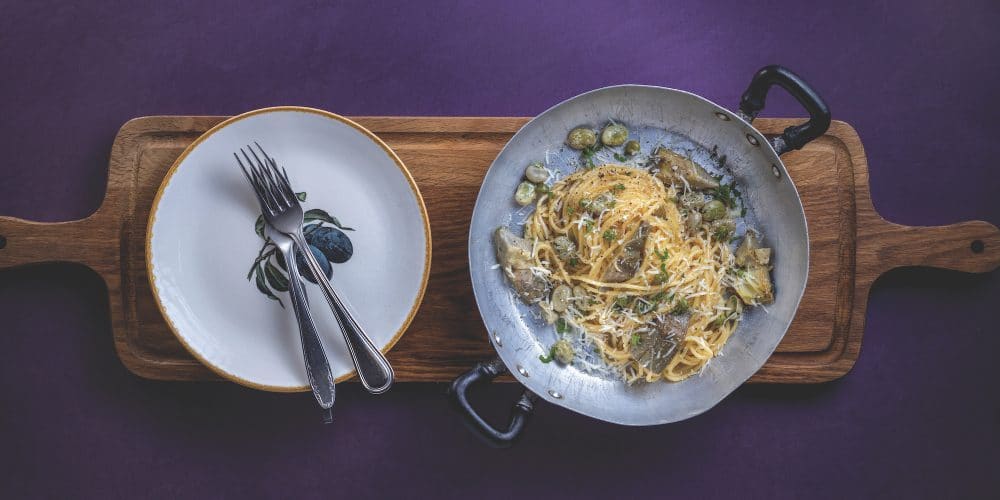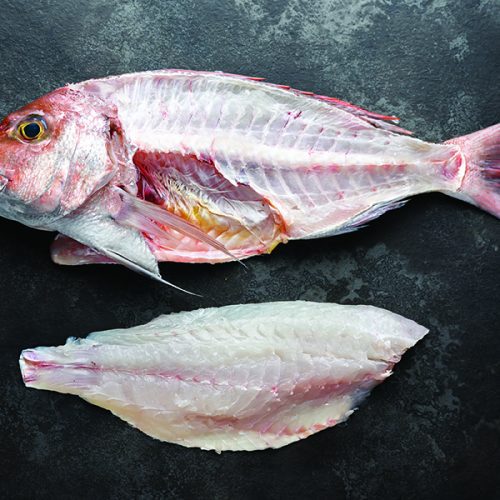A Mediterranean spring favourite, broad beans, aka ful, can be eaten raw, cooked, or blended. You will see this nutritious bean used as a dip or spread, added to hearty soups, or added to a Primavera pasta dish.
Il-Ful – The Broad Bean
The ‘broad bean’ is also referred to as English bean, Horse bean, Windsor bean, Pigeon bean, Tic bean, Vicia faba, Faba bean, Field bean, Bell bean. It is said to have originated in the Mediterranean and spread along the Nile Valley into Ethiopia, India and China. In some Arab countries, the broad bean is eaten in a breakfast dish called ful medames, which is where the Maltese inherited the name ‘ful’.
For most Maltese, the broad bean comes with a sense of nostalgia whether it’s from your Nanna’s heart-warming Kusksu or scooping Galletti (traditionally baked water crackers) in a bowl of homemade Bigilla (bean dip).
In Italy, the broad bean is traditionally eaten raw with Pecorino Romano for a May 1st picnic in the areas of Tuscany, Umbria and Latium.
Whilst in Ethiopia, boiled broad beans are eaten and during a time of mourning. On the Thursday before Good Friday people following the Ethiopian Orthodox Church eat gulban, made with broad beans mixed with other grains like wheat, peas and chickpeas. This is done to mourn the crucifixion of Jesus Christ.

Good To Know About Broad Beans
A pod with a lean protein choice and packed with fibre, broad beans also contain Vitamins K, B6, zinc, copper, iron, magnesium and more. In addition, they are also considered the top high-folate foods around. 1 cup of cooked beans gives you around 177 micrograms of folate – so mums-to-be, get into these pods this spring!
On Sustainability: Fava beans are planted and used as a cover crop to protect the soil since they grow quickly and produce an abundance of foliage.
Weird but true
The ancient Roman family name Fabia and the modern political term Fabian derive from this particular bean.
In Italy, broad beans are traditionally sown on November 2, All Souls Day. Small cakes made in the shape of broad beans (though not out of them) are known as fave dei morti or “beans of the dead”.
European folklore also claims that planting beans on Good Friday or during the night brings good luck.
Though it is said that the beans originated in the Middle East, evidence has shown that they have been in cultivation since at least 4500 B.C.
The bean became much more popular after the famous quote from Hannibal Lector in “Silence of the Lambs” claiming he ‘ate her liver with some fava beans and a nice chianti’.

Make a Maltese Bigilla (broad bean dip)
A perfect condiment to have on your charcuterie board.
Makes 1 bowl.
Ingredients:
250g broad beans
2 tbsps extra virgin olive oil
1 clove of garlic (some say the more garlic the better so dare to add up to 3 cloves)
1 tbsp marjoram, mint, or basil.
Salt to taste
Chilli flakes/peppercorns/crushed garlic to garnish
Method
Wash the beans and leave to soak overnight for 12 hours.
Replace the water, bring it to a boil and add the beans. Cook until the beans become soft. Mash the beans into a paste with a fork into a paste-like consistency, with a slightly chunky texture.
Put the paste in a bowl, season with herbs and salt. Add the olive oil and mix thoroughly. Add some crushed garlic, chilli flakes and olive oil if you desire. Cool in the fridge.
How to serve:
As a dip: serve with an assortment of raw veggie sticks, savoury crackers
As a sandwich spread: simply spread the paste onto your sandwich. Add a drizzle of olive oil, and spruce it up with a slice of cheese and crispy lettuce.
Broad Bean Recipes
Broad Bean & Artichoke Salad by Gennaro Contaldo
Tumbrell with Broad Beans and Guanciale by Andrew Arrigo
Insalata Primaverile by Gennaro Contaldo
Spaghetti Broad Beans by Alessandro Morreale










